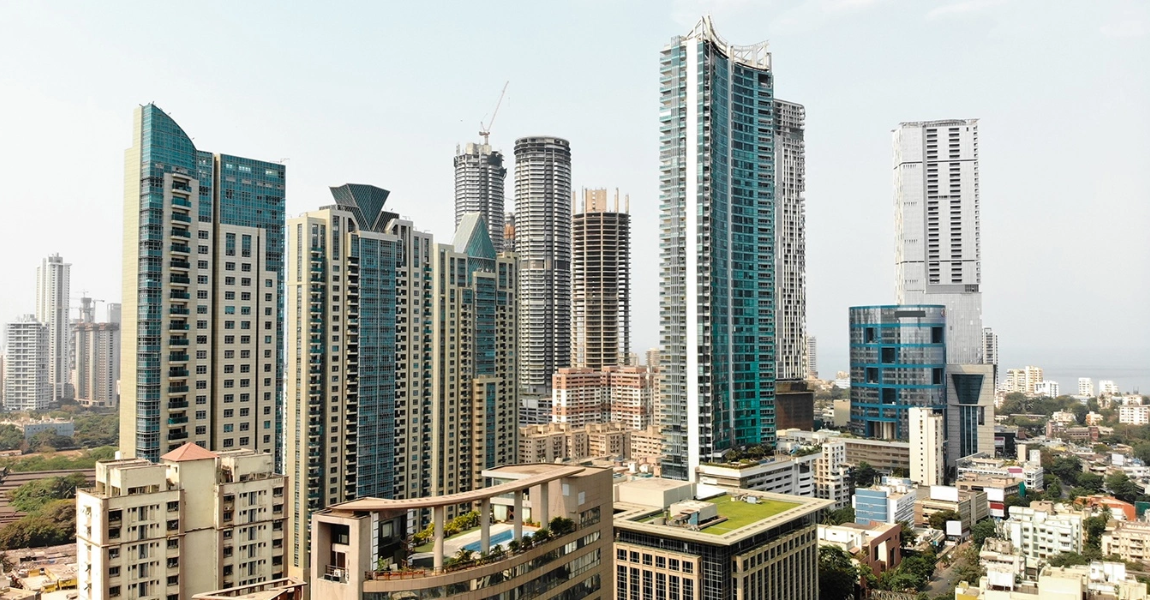
Green World
Green Building Technologies
As we strive for a more sustainable and environmentally conscious world, the idea of green buildings has emerged as a beacon of hope. The astonishing architectural trend of "green" buildings, sometimes referred to as "sustainable" or "eco-friendly" structures, aims to maximize general efficiency while minimizing environmental effects.
The world we inhabit is undergoing a fundamental shift, transitioning from a focus on carbon emissions to an emphasis on green housing. In response to this transformation, the construction industry has implemented numerous adaptations and innovations. We will provide an overview of certain steps and technologies related to green building construction.
1. Eco-Friendly Construction: Green buildings are constructed with sustainability in mind, utilizing materials that do not harm the environment. This approach reduces their contribution to environmental problems, such as global warming.
2. Improved Living Conditions: Poor indoor air quality is a common issue in homes and offices, leading to respiratory problems. Green building methods, such as solar panel installation and enhanced insulation, result in better air quality and comfort for occupants.
3. Sustainable Energy Sources: Green buildings harness renewable energy sources like solar power, reducing their reliance on fossil fuels. This not only saves money but also mitigates climate change and environmental issues.
4. Water Conservation: Rainwater harvesting is a hallmark of green buildings, reducing the demand for fresh water. Modern irrigation techniques send water directly into tanks for later use.
5. Cost Savings : Green buildings are designed for energy efficiency, reducing utility bills. They also require less maintenance due to durable materials, saving both money and resources.
6. Improved Air Quality: By using materials with no volatile organic compounds (VOCs), green buildings offer better indoor air quality, reducing health issues like asthma.
7. Higher Resale Value: The demand for eco-friendly homes is on the rise, making green buildings more appealing to buyers and investors. They often fetch higher rental yields and return on investment (ROI).
8. Increased Productivity:Green buildings promote productivity by creating comfortable, stress-free environments. Natural lighting and clean air boost attention spans and overall well-being.
9. Innovation: Green building is a testament to human creativity and innovation. These structures use less water, energy, and resources while minimizing waste emissions.
Green Building Technologies
The success of green buildings is driven by innovative technologies that align with sustainability goals. Here are some key technologies employed in green building construction:
1. Low-Emitting Materials: Green buildings use materials with low emissions, enhancing indoor air quality and earning certification credits from organizations like IGBC, LEED, and GRIHA.
2. Green Insulation: Proper insulation is essential for energy-efficient construction. Green buildings use cost-effective insulation materials to prevent heat loss.
3. Solar Power: Solar panels are an essential feature of green buildings. They harness solar energy actively or passively to reduce utility bills and minimize greenhouse gas emissions.
4. Water Conservation: Rainwater harvesting and efficient irrigation systems reduce water consumption during construction and operation.
In a world dealing with the pressing challenges of climate change and the depletion of resources, it's important to recognize that green building practices aren't merely a passing trend; they have become an essential requirement. The construction industry wields substantial influence over the environment, but it also possesses the capacity to cause positive transformations. Green buildings provide a route toward sustainability, economic well-being, and an enhanced quality of life for everyone.